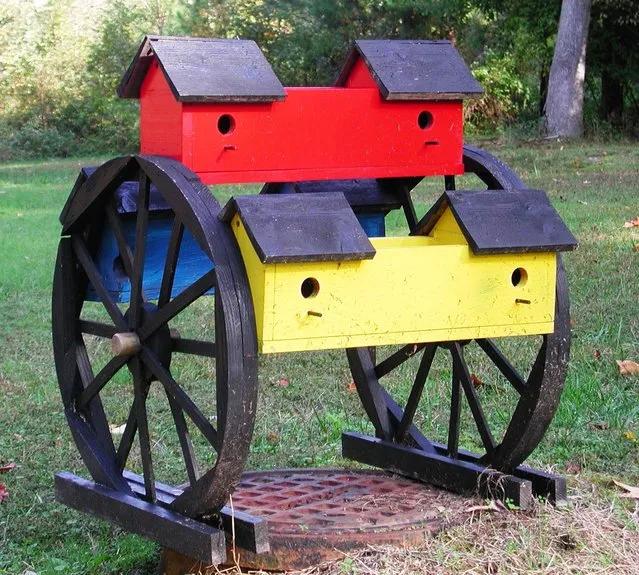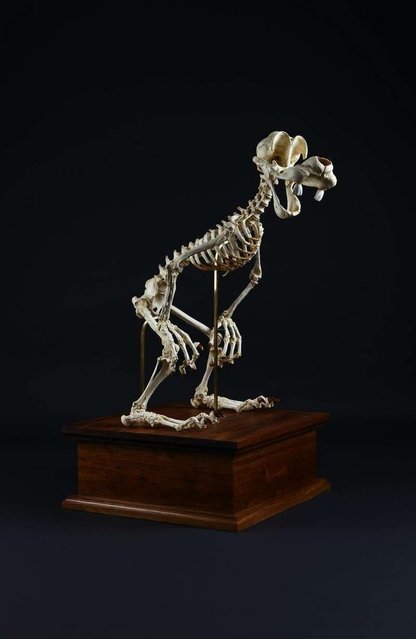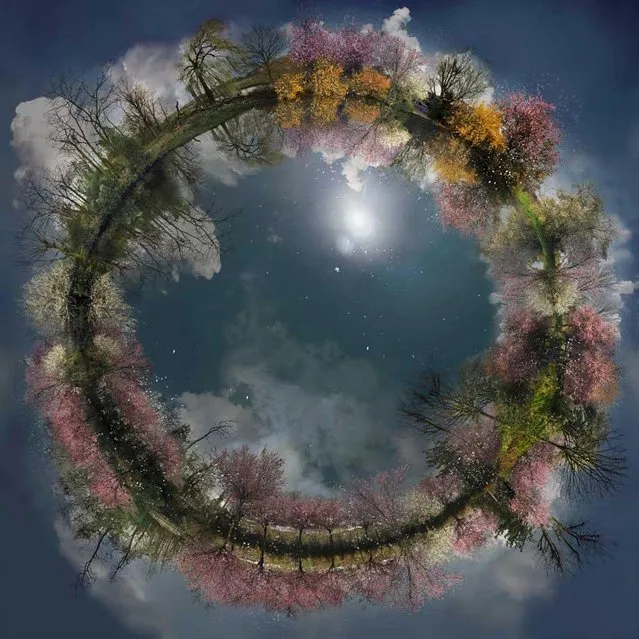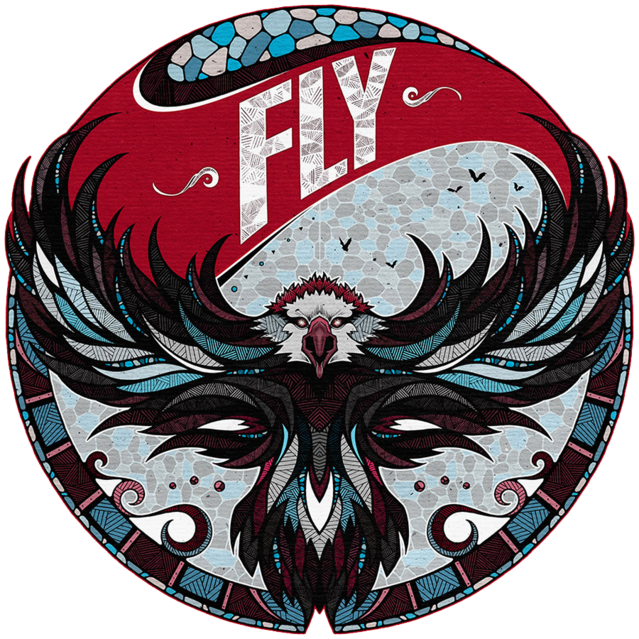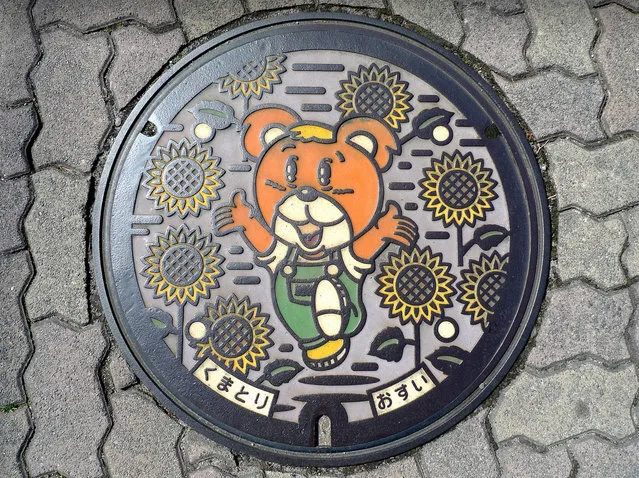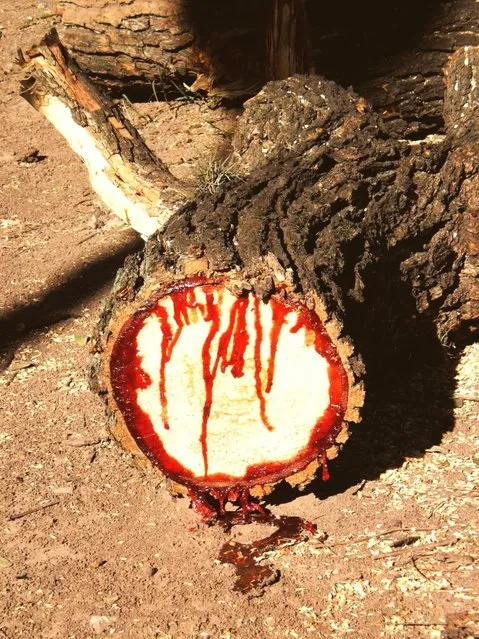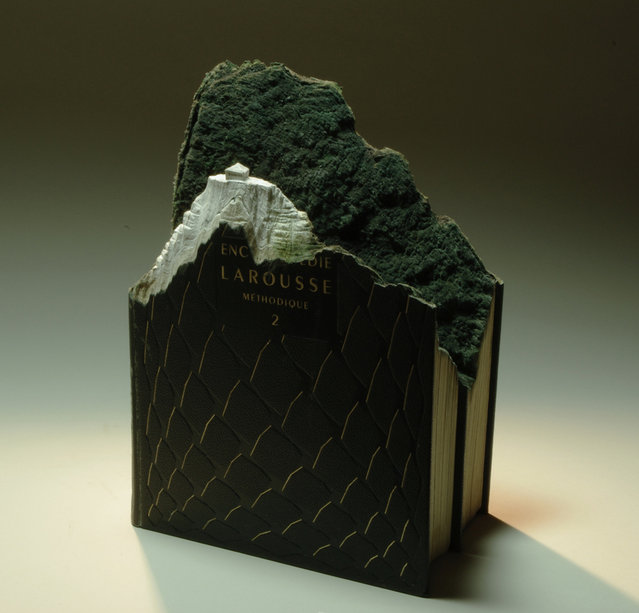
“So I carve landscapes out of books and I paint Romantic landscapes”, says interdisciplinary artist Guy Laramee who, in the course of his 30 years of practice, found his way through such varied and numerous disciplines as : stage writing, stage directing, contemporary music writing, musical instrument design and building, singing, video, scenography, sculpture, installation, painting and literature. Laramee uses books that are slowly falling apart, such as old encyclopedias and dictionaries to create dramatic landscapes.
05 Jan 2013 18:13:00,post received
0 comments

